6 Ways to Optimize Your Landing Pages
On this page
If your website offers a resource for free (like an ebook, a tool, or a newsletter) in exchange for a visitor’s contact information, you absolutely must have a great landing page to welcome them to it, or your resource is going to waste.
Wait. What is a landing page again?

Your landing page is exactly what it sounds like: the place where your website visitor lands when they say “YES! I want that!” to your free resource/s in exchange for their contact details.
It’s the specific page on your website where you set up a lead-capture form that allows visitors to happily enter their name, job title, email address, etc.
When filtered through your CRM, that data creates a list of people who need what your business does or makes so your sales team can reach out to them.
Set It & Forget It
About 1 in 10 people who get to your landing page will become a customer or a lead.
If you have an average amount of traffic (like, say, 1,000 visitors a month for a small business), that’s 100 new potential customers or clients.
Not bad for something you set up and forget about, right?
But before you can forget it, it has to be planned, designed, and tested. In other words, it has to be optimized, and we’ve got some tips to help you get started toward making sure it's ready to go.
Landing Page Optimization & Why It Matters
Your landing page should be designed to generate leads, first and foremost. But it’s also the destination of your paid online marketing campaigns.
To get the most leads from your digital ads, keep your landing pages in tip-top shape.
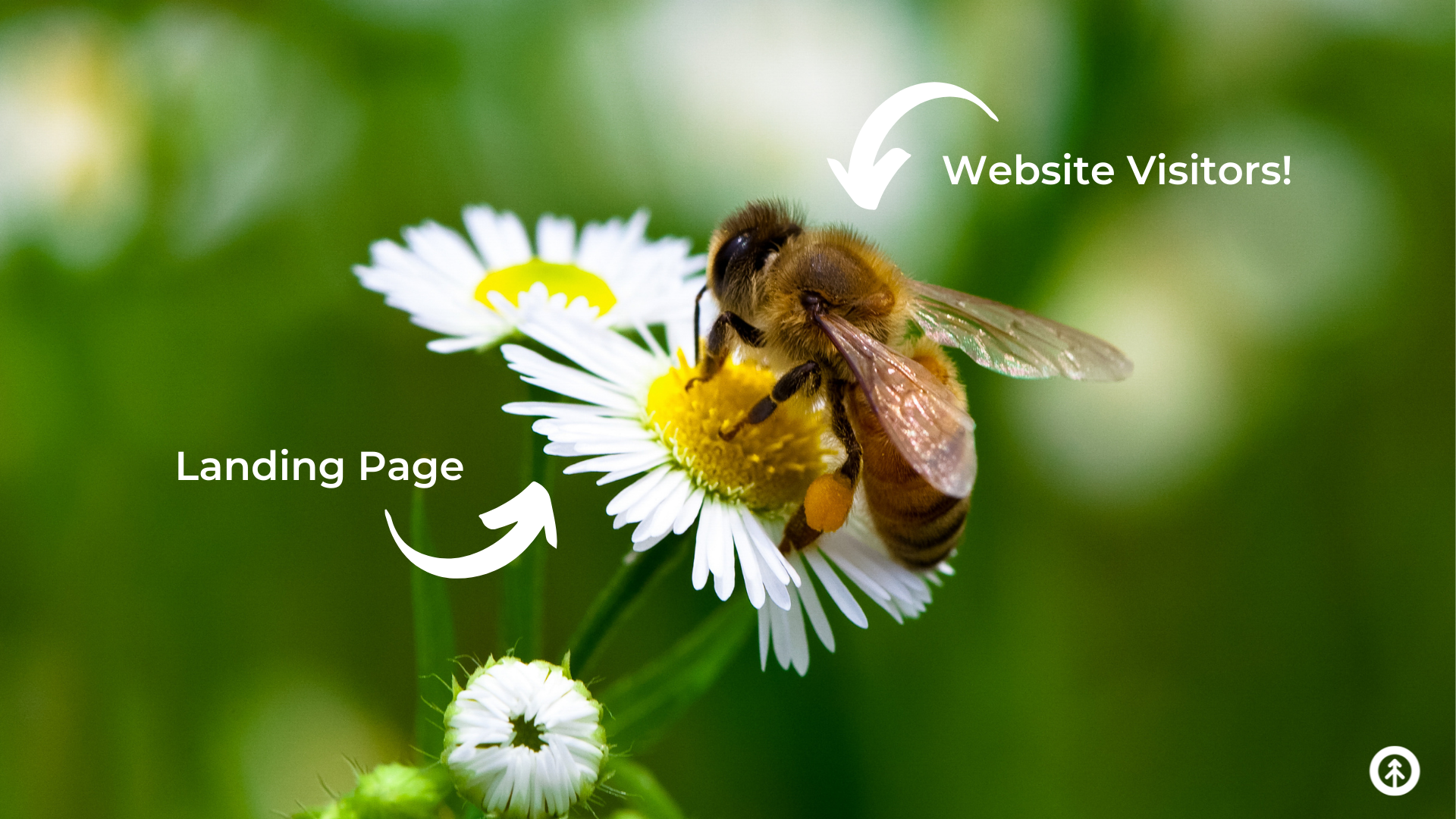
6 Ways to Test Your Landing Page for Optimization
Optimizing your landing page involves identifying problems with its design or functionality while utilizing A/B tests (controlled experiments) to measure and improve its conversion rate.
Here are a few ideas to help you get started:
1. Page Elements
What happens to your conversion rate if you decrease the number of website navigation elements and form fields? Often, a simple design with more white space can lead to more conversions, but not always.
Test to see what works best.
2. Copy
Try different headlines, value propositions, and CTAs to figure out what works best for your visitors.
Consider the style, tone, and length you should use to really convince your ideal prospects that what you offer is exactly what they’re looking for.
3. Social Proof
Use case studies, customer reviews, client logos, partner logos, or other forms of social proof on the landing page to see what makes a difference in the level of trust it takes to convert your visitors to leads or customers.
4. Speed
People who use mobile devices to browse the internet (which is almost all of us now) need fast load times to keep us from abandoning our interest in an offer.
Make sure your landing page is functioning well for mobile to keep your bounce rate low.
5. Context
Try different keywords that you used to get people to your landing page in your copy.
This can help you determine how your target market found you (from which ad & which source) so that you can make your messaging fit the experience they’re looking for.
6. Form Fields
Optimize the form on your landing page by testing the number of fields a visitor must fill out in order to receive your gated content.
Work to make sure the length of your form mirrors the value of your offer.
For instance, multiple form fields might work for an ebook or a whitepaper while fewer fields are appropriate for a checklist or infographic.
An optimized landing page with a great lead capture form is essential to your inbound marketing efforts because it’s the tool that does most of the heavy lifting of converting your website visitors into leads that sustain your business.
Want to know more about how to boost your inbound marketing efforts? Ask us! We’re inbound pros!
Explore More Insights: Related Blog Posts
-
 Sales EnablementJan 28, 2022
Sales EnablementJan 28, 2022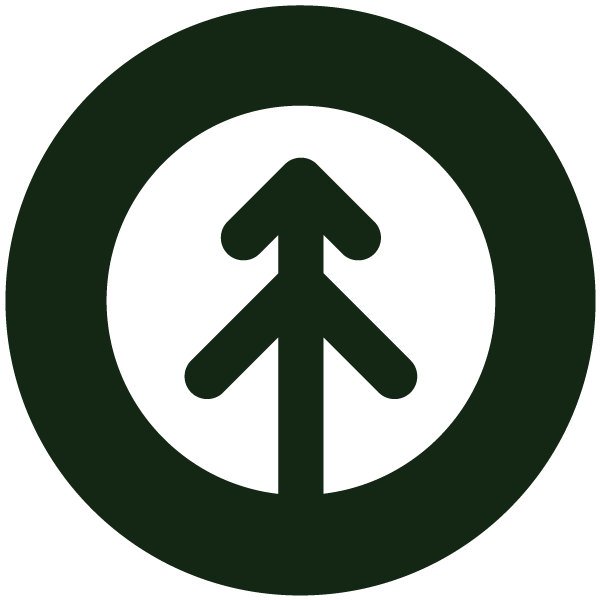 Growth Marketing Firm
Growth Marketing FirmLead Types: How to Identify + Engage Them to Increase Sales
In our previous blog article, 8 Daily Habits for a Healthy Sales Pipeline, we went over our top strategies...
-
 Inbound MarketingSep 9, 2021
Inbound MarketingSep 9, 2021 Growth Marketing Firm
Growth Marketing Firm9 Ways to Improve Lead Gen with Form Optimization
(last updated August 29, 2022) If your sales-enabled website is a lead-generating hurricane, its forms are...
-
 Sales EnablementSep 1, 2021
Sales EnablementSep 1, 2021 Growth Marketing Firm
Growth Marketing FirmTop 10 Strategies for Lead Generation
Lead generation is the process of attracting prospects to your business. A visitor can be converted to a lead...
-
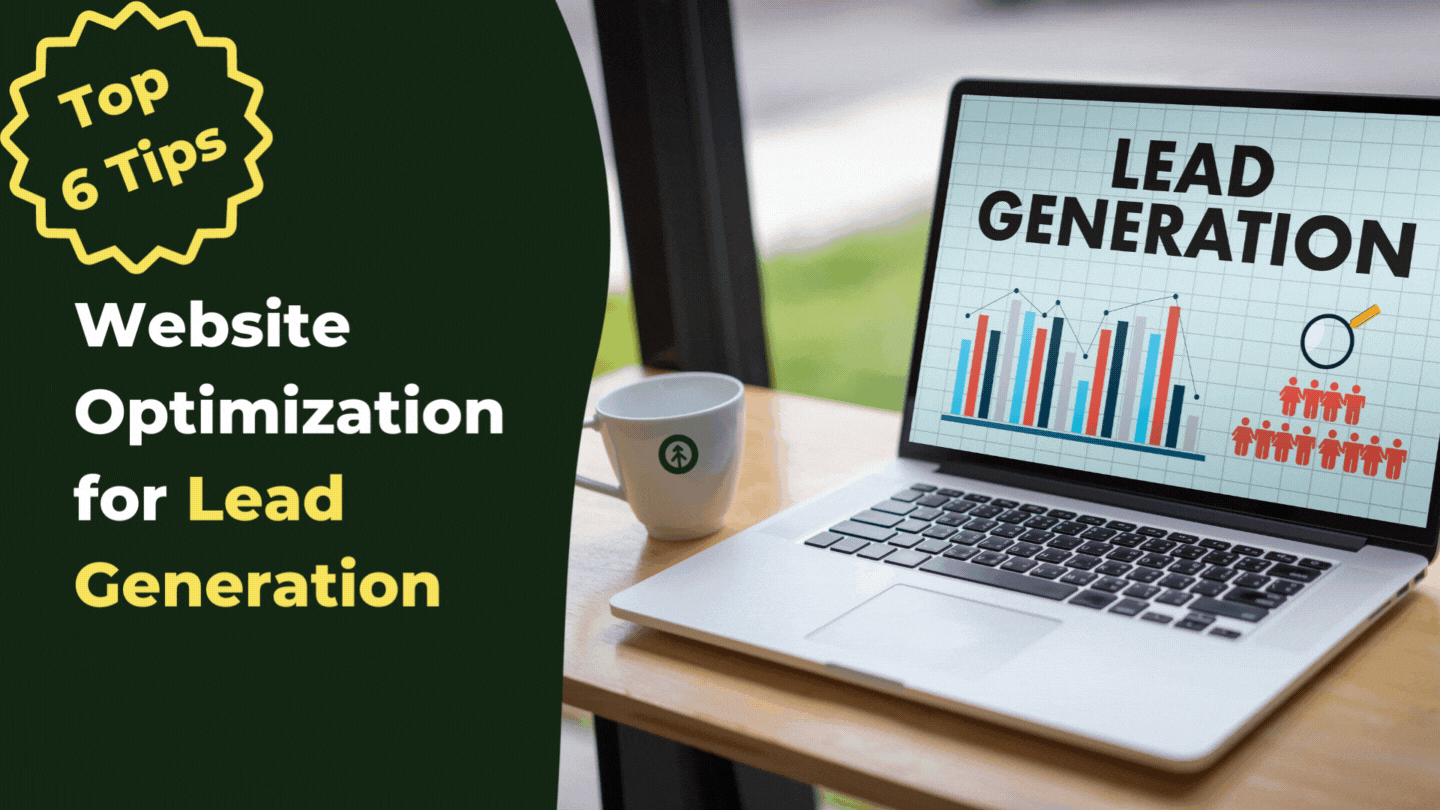 Sales EnablementSep 3, 2021
Sales EnablementSep 3, 2021 Growth Marketing Firm
Growth Marketing FirmTop 6 Tips for Optimizing Your Website for Lead Generation
(last updated August 29, 2022) Before going heads-down on optimizing your website for lead generation, take a...
-
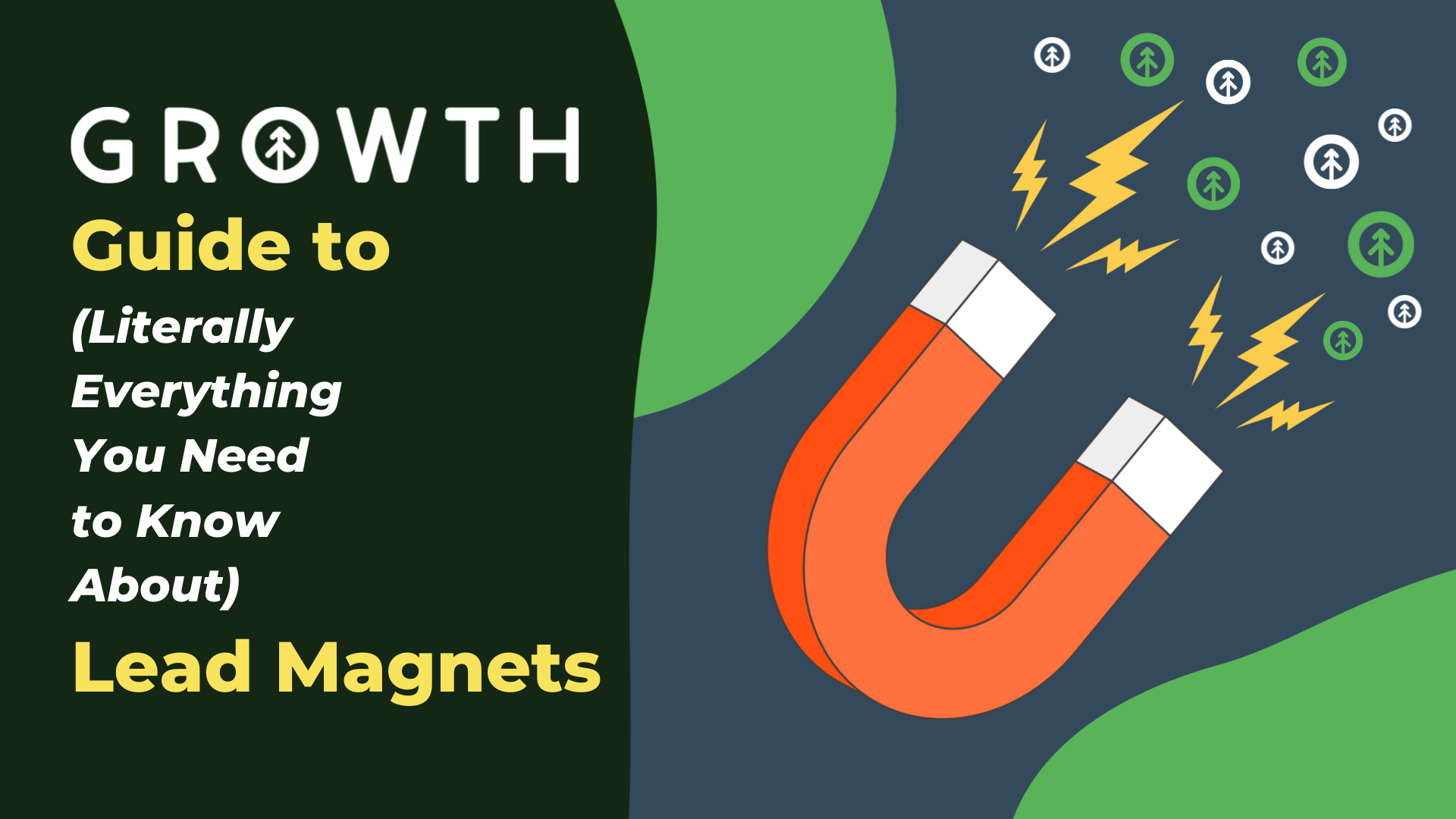 Inbound MarketingJul 8, 2022
Inbound MarketingJul 8, 2022 Growth Marketing Firm
Growth Marketing FirmThe Growth Guide to Lead Magnets
Growth Marketing Firm · The Growth Guide To Lead Magnets “Lead Magnet!” What a great term, right?!
-
 Inbound MarketingMay 19, 2020
Inbound MarketingMay 19, 2020 Ashley Lilly
Ashley LillyTurn Your Website into the Ultimate Sales Tool
(Updated March 31, 2022) If you’re like most marketers, you know there are a multitude of tools out there...
-
 Inbound MarketingOct 6, 2021
Inbound MarketingOct 6, 2021 Growth Marketing Firm
Growth Marketing FirmThings to Do Before Building a New Website
Before a website is launched, designers create high-fidelity mockups. Before the mockups, developers sketch...
-
 Inbound MarketingNov 23, 2021
Inbound MarketingNov 23, 2021 Growth Marketing Firm
Growth Marketing FirmEasy Blog Performance Analysis With Hubspot Reports
Updated January 21. 2022 Making decisions is easier when you use data to show you the right path.
-
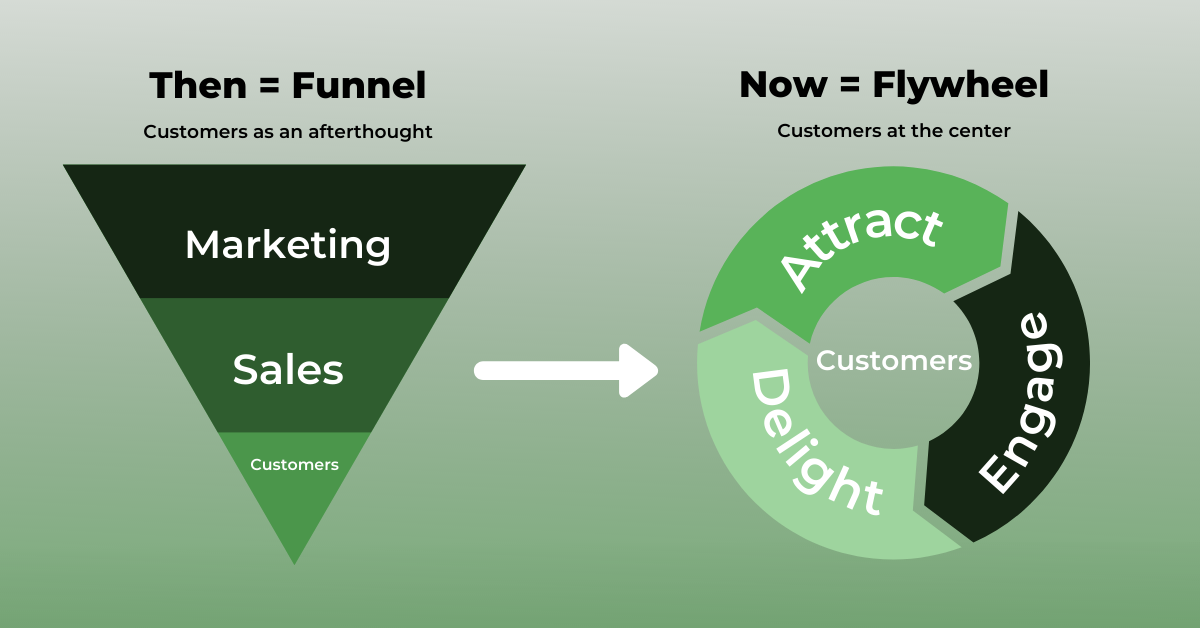 Inbound MarketingMay 7, 2021
Inbound MarketingMay 7, 2021 Ashley Lilly
Ashley LillyReplace your Sales Funnel with HubSpot Flywheel
Question: Does your business create content specifically for existing prospects with the purpose to convert...

